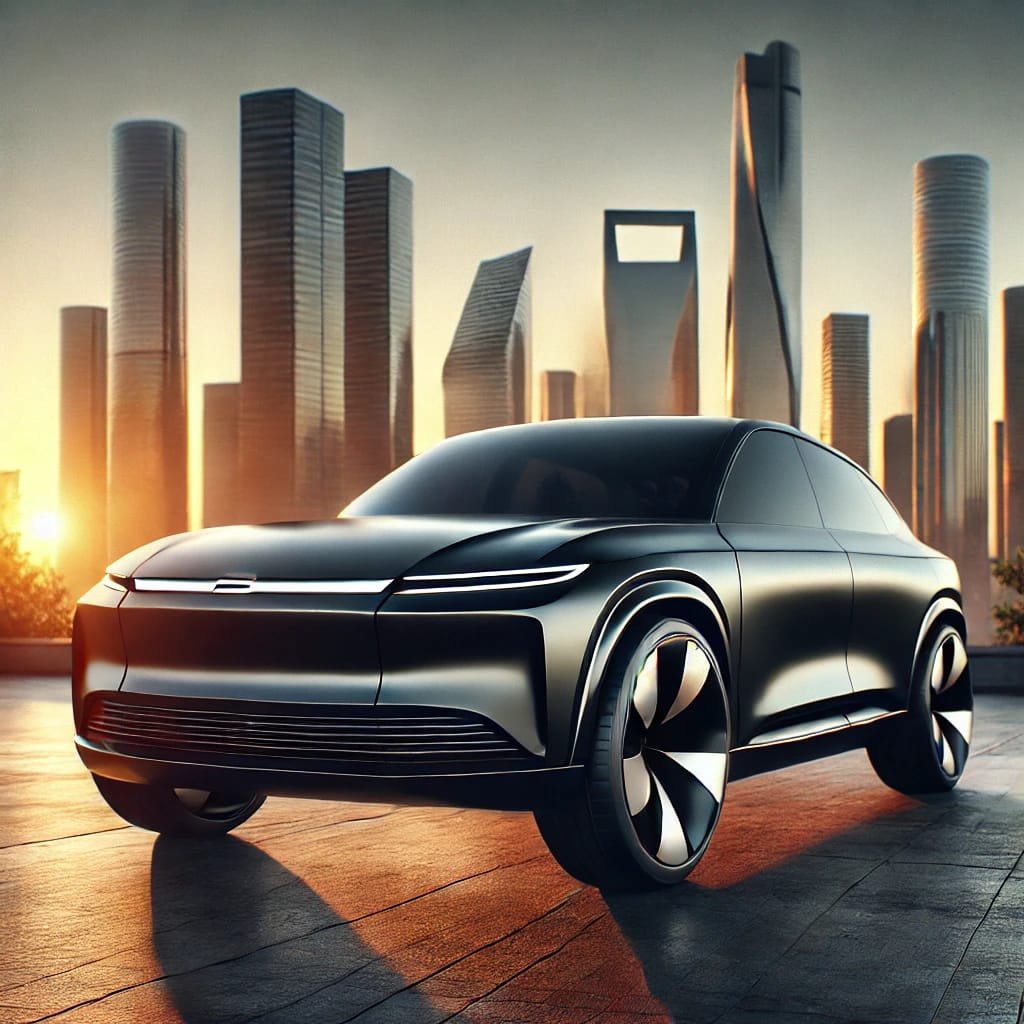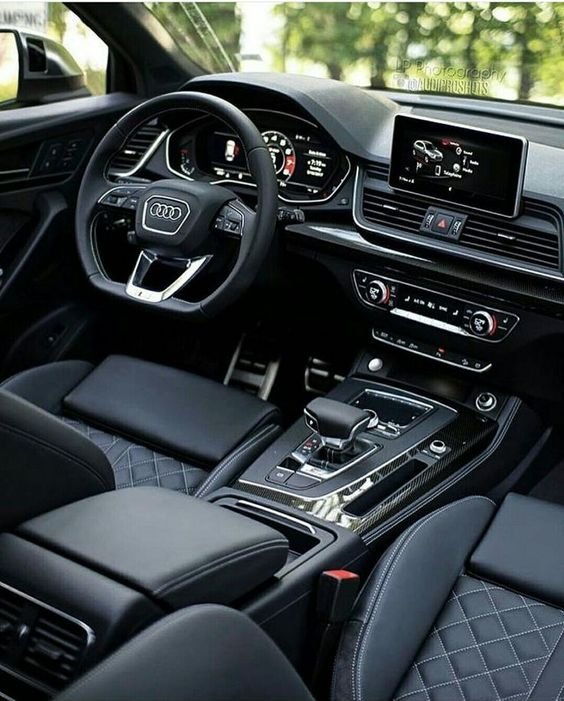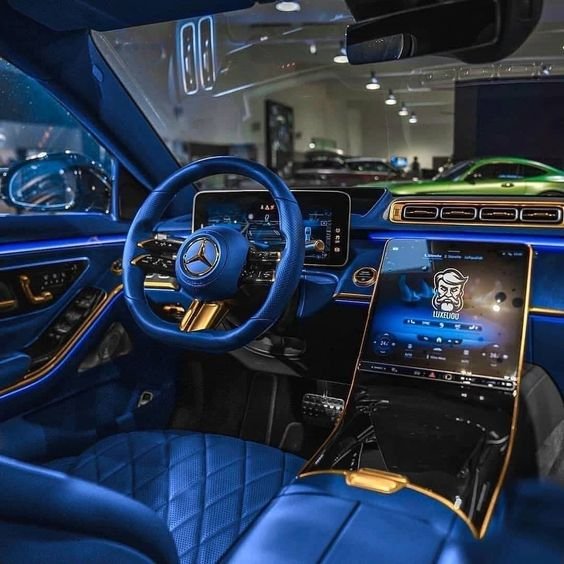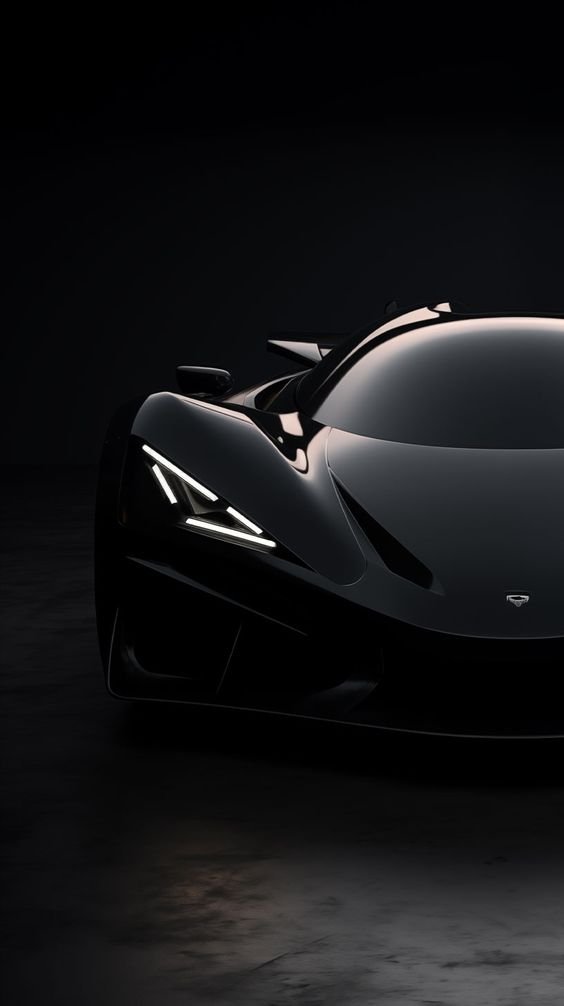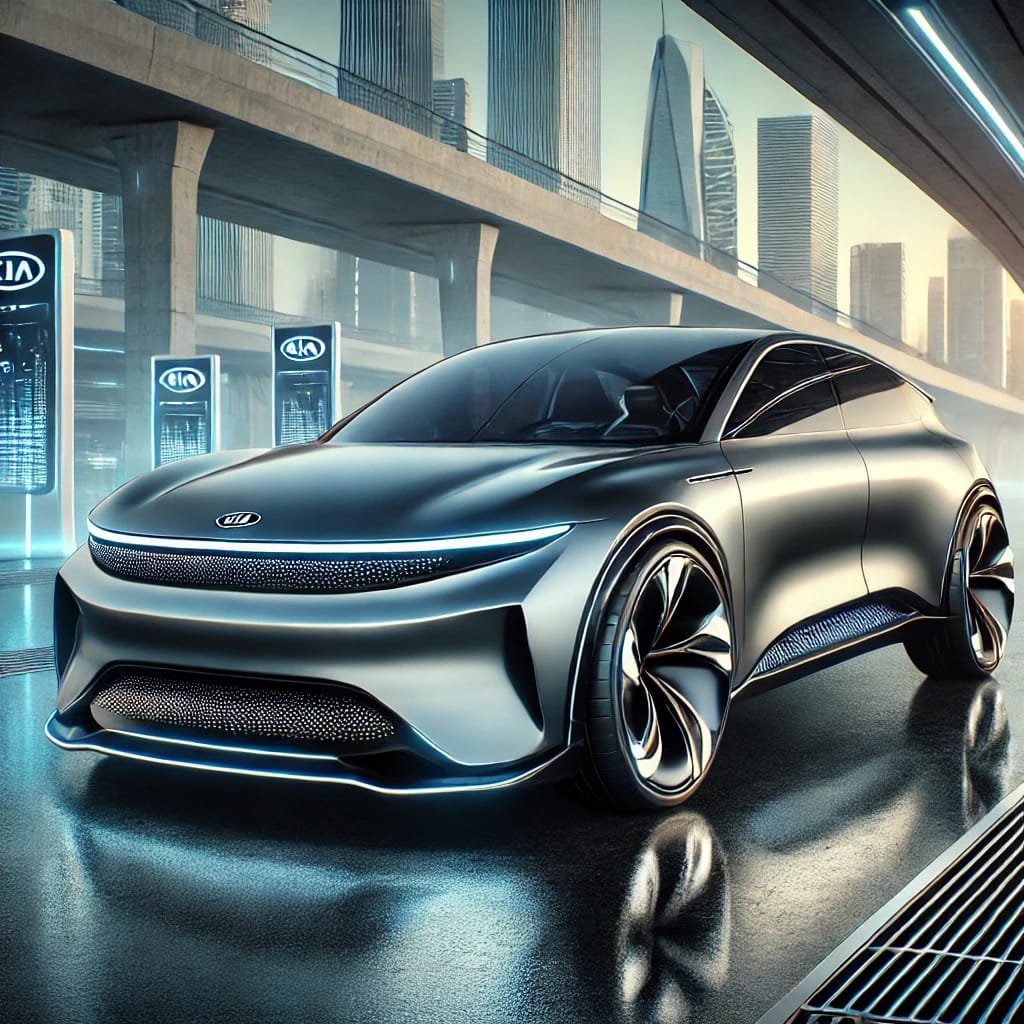
The automotive world is abuzz with anticipation as Kia prepares to unveil its latest addition to the electric vehicle lineup, the EV4. Slated for completion in February next year, this electric sedan marks a significant step forward in Kia’s commitment to sustainable transportation. Here’s a detailed look at what we can expect from the Kia EV4.
Development and Testing
Kia previewed the EV4 with a concept model in October last year, sparking interest among EV enthusiasts. Since then, camouflaged prototypes have been undergoing rigorous testing in South Korea and internationally. The testing program, set to conclude by the end of the year, is crucial for refining the vehicle’s performance and ensuring it meets Kia’s high standards for quality and reliability.
Production Plans
Manufacturing of the EV4 will commence at AutoLand Gwangmyeong, Kia’s dedicated EV production facility in South Korea. With an initial annual production target of approximately 70,000 units, Kia aims to meet growing demand for electric sedans. Additionally, there are considerations for producing the EV4 in overseas factories, which would increase its availability and support global distribution.
Platform and Powertrain
The Kia EV4 is expected to share the front-wheel drive version of the Electric-Global Modular Platform (E-GMP) with the EV3 small SUV. This platform is designed to offer flexibility in terms of powertrain configurations and battery capacities. Similar to the EV3, the EV4 may feature a single motor generating 150 kW of power and 283 Nm of torque, with battery options of 58.3 kWh or 81.4 kWh, providing a balance between performance and range.
Market Positioning
Positioned as a compact sedan, the Kia EV4 will offer a zero-emission alternative to popular models like the Kia K4, Hyundai Elantra, Toyota Corolla, Honda Civic, and VW Jetta. Its design combines the sleek profile of a sedan with subtle crossover elements, appealing to a wide range of consumers, particularly in North America and Asia where compact sedans remain popular.
Interior and Technology
Inside, the EV4 is expected to boast a minimalist design that emphasizes spaciousness and modernity. Key features likely include a 12.3-inch digital instrument cluster, a 5-inch climate control touchscreen, and a 12.3-inch AVN touchscreen, all integrated into a single, elegant dashboard panel. Premium technological offerings may include a 12-inch head-up display, i-Pedal 3.0 regenerative braking, Kia Digital Key 2.0, Vehicle-to-Load (V2L) charging capabilities, and an AI voice assistant, enhancing both convenience and driving experience.
Production Timeline and Quality Assurance
Initially planned for late 2024, the production start of the EV4 has been postponed to ensure superior product quality. Kia’s focus on quality reflects a broader industry trend towards meticulous development processes aimed at delivering reliable and safe electric vehicles to the market.
Future Prospects
Looking ahead, Kia plans to launch additional models, including the EV2 and the India-focused Carens EV, by 2026. These introductions align with Kia’s ambitious goal of selling 1.15 million EVs annually by 2027, with further growth to 1.6 million units by 2030.
This strategic roadmap underscores Kia’s commitment to electrification and its role as a key player in the global shift towards sustainable mobility.
The Kia EV4 represents a pivotal moment in the company’s evolution, blending cutting-edge technology with a commitment to environmental sustainability.
As anticipation builds for its official release, the EV4 is poised to make a significant impact in the compact sedan market, offering consumers a compelling combination of style, performance, and eco-friendly driving.
ALSO READ: Toyota’s Strategic Shift: Launching the Bozhi 3X SUV in China

